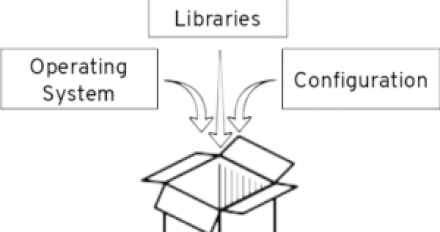
Building .NET Core container images using S2I
This article describes how to build .NET Core container images using source-to-image (S2I). The container images can be built directly from a git repository, from local sources, or from a pre-built application on, which can be useful on your development machine or as part of a CI/CD pipeline.








